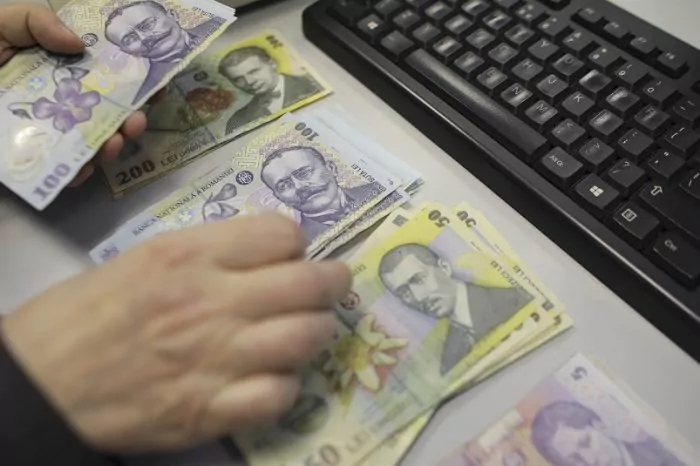The budget deficit will be quite difficult to bring in 2021 below the level of 8% in terms of fiscal policy and relatively unchanged public spending, and the financing of widened fiscal deficits from the pandemic period is likely to lead public debt to 60% in 2022 35% in 2019, shows an analysis by Euler Hermes, published on Thursday.
Urmărește mai jos producțiile video ale Economedia:
- articolul continuă mai jos -
According to the quoted source, at local level, macroeconomic indicators to be followed in the next period by their persistence will be the current account deficit (expected to increase as the economic recovery translates into higher imports vs. exports), but also the deficit budget, respectively public debt – as a percentage of GDP.
“The budget deficit will be quite difficult to bring in 2021 below the level of 8% in terms of fiscal policy and relatively unchanged public spending. Also, the financing of widened fiscal deficits from the pandemic period is likely to lead the public debt to the level of 60% in 2022 compared to 35% in 2019 “, said Mihai Chipirliu, CFA, Risk Director Euler Hermes Romania.
According to Euler Hermes’ analysis, the global economy is preparing for a strong recovery in the coming quarters. At the same time, the return in the first quarter of 2021 to pre-crisis values was fueled by the reopening of the world’s two largest economies: the US and China.
Thus, analysts expect global GDP to grow by + 5.5% in 2021, the US being the only economy in which this evolution will exceed the estimates made in the pre-Covid-19 period. On the other hand, Europe is expected to return to pre – crisis levels in the first quarter of 2022, with growth expected in 2026.
“In the case of Romania, the forecasts for the growth of the Gross Domestic Product for 2021 have been repeatedly revised upwards, the projection of + 6.5% a few months ago already being corrected by the European Commission at 7.4% and 4.9 % for 2022. Inflation is also forecast to rise to over 3% this year, being one of the highest in the European Union, even if below the level of Hungary or even Poland where it would exceed 4% “, say the authors of the analysis.
Although there were also internal factors – such as consumer demand resistance – the inflationary surge was strongly fueled in the first half of the year by the sharp rise in global commodity prices.
“We maintain the opinion that inflation will be rather a temporary phenomenon, with a lower intensity in the second part of the year”, the analysis also shows.
According to analysts Euler Hermes, the adaptation of goods supply flows to the new realities of world trade in the context of the gradual blurring of movement restrictions, but also of measures to support state economies are just as many reasons for calming the inflationary momentum. “Last but not least, recent misunderstandings that have resurfaced between major oil cartel (OPEC) countries could signal the beginning of the end of pandemic cooperation between participating countries – cooperation that culminated in an increase in oil prices of up to 50%. at the beginning of the year and with a spread over most of the raw materials “, the research also shows.
Analysts predict that euro area GDP will grow positively by + 4.2% compared to 2020 over the next two years, with a return to pre-crisis levels in the first quarter of 2022. However, some Member States, including Spain and Italy will reach this stage only at the beginning of 2022/23. At the same time, the third wave of infections delayed the economic recovery of the euro area in the first quarter of 2021.
“The eurozone is expected to record some of the strongest quarterly expansion rates to date. The sudden reduction of new cases of Covid-19 and the progress of vaccination will reduce the restrictions imposed by Covid-19 quickly (the stringency index should return to the lows of the third quarter of 2020 this year) “, the analysis also shows.
In the second quarter of 2021, GDP is expected to grow by almost + 2% quarterly. “The reduction of economic uncertainty will, in turn, set the stage for an increase in the pace of consumption in the second half of the year (with excessive savings of 1.5% of GDP, accelerating the recovery). Last but not least, domestic demand in the euro area will receive a boost from the EU Recovery Fund of 750 billion euros “, according to the analysis.

 Sursa foto: Inquam Photos/Octav Ganea
Sursa foto: Inquam Photos/Octav Ganea





























